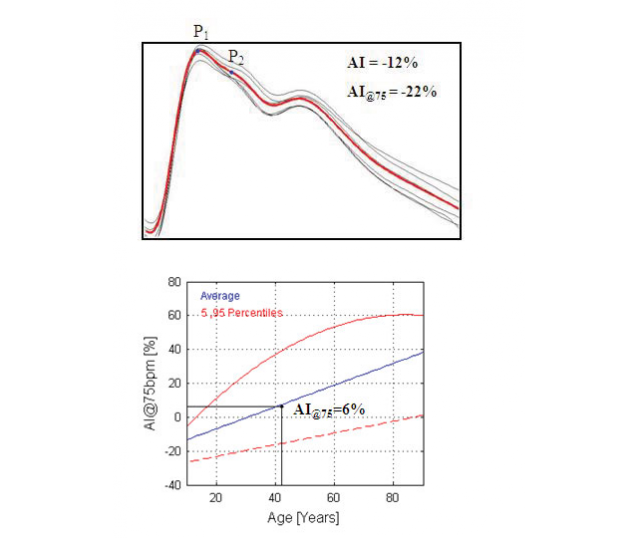PAT®️ Technology (Peripheral Arterial Tone)
PAT®️ technology is a non-invasive window to the cardiovascular system and autonomic nervous system. Peripheral Arterial Tone (PAT®️) signal is a proprietary technology used for non-invasively measuring arterial tone changes in peripheral arterial beds.
ThePAT®️ signal is measured from the fingertip by recording finger arterial pulsatile volume changes.
Based on PAT®️ technology, the non-invasive EndoPAT system comprises a measurement apparatus that supports a pair of modified plethysmographic bio-sensors. The unique feature of the PAT®️ bio-sensors is that they impart a uniform sub-diastolic pressure field to the distal two-thirds of the fingers including their tips. Applying the pressure in this way is extremely important as it:
- Prevents distal venous blood pooling, that can induce a veno-arteriolar vasoconstriction reflex
- Unloads arterial wall tension which generates a greater dynamic range of the measured PAT®️ signal
- Fixates thePAT®️ bio-sensor to the finger, which reduces movement artifacts



